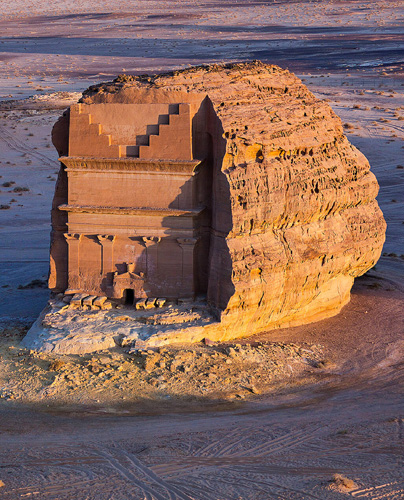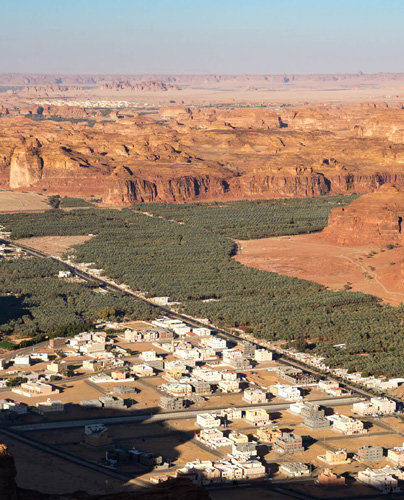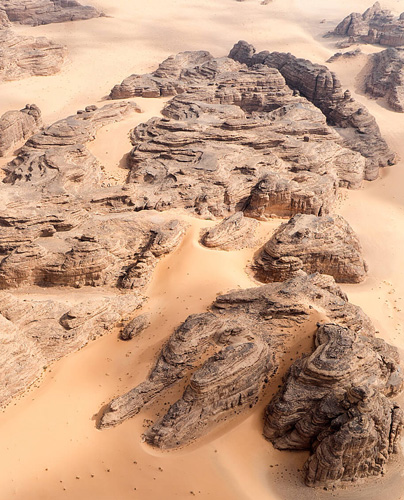Al-Ula Province
Al-Ula Province is located north of Madinah. Al-Ula is famous for its historical and geographical importance, with its exceptional archaeological sites and charming natural features dating back thousands of years. It also derived its historical importance from its strategic location at the crossroads of ancient trade routes, between the Silk Road and the Incense Road. Among its most important tourist attractions:
Tourist Attractions
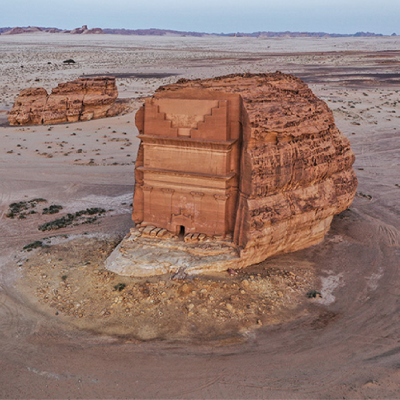
It is the first site of the Kingdom of Saudi Arabia to be included in the World Heritage List. It is the largest site preserved for us in history of the Nabataeans civilization. It includes well-preserved huge tombs with ornate facades dating back to the first century BC to the first century AD. The site also contains 50 inscriptions from the pre-Nabataean era and a number of cave paintings.

Al-Ula Old Town dates back to the 12th century AD when it was an essential settlement along the pilgrimage route from Damascus to Mecca, and was paid tribute to by travelers from the 12th to the 20th centuries when the modern city of Al-Ula was built within walking distance.
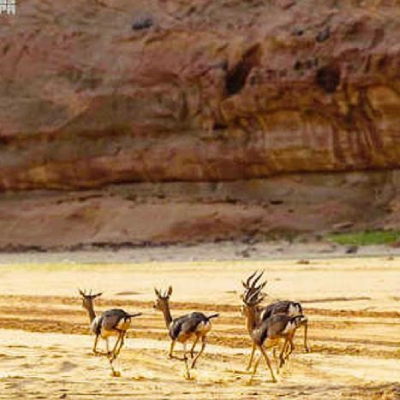
The Sharaan Nature Reserve is a treasure trove of natural wonders with a variety of flora and fauna. The reserve aims to protect and preserve the sensitive and authentic ecosystem in Al-Ula, to restore its charming natural life and to secure a suitable environment for the creatures that lives on its land.
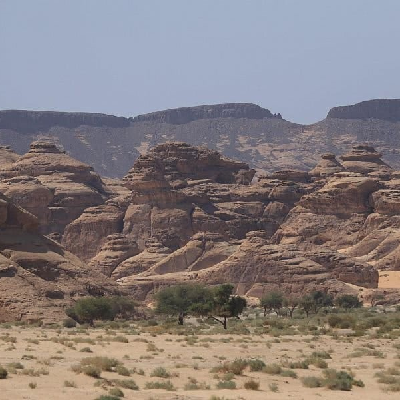
It is considered the largest nature reserve in Al-Ula Province, it aims to achieve natural balance through programs to release wild animals in nature reserves and monitor them, in addition to paying attention to restoring the vegetation cover. The reserve contains 19 species of endangered animals, 43 species of birds, in addition to 55 species of rare plants.
Mountains of Al-Ula Province
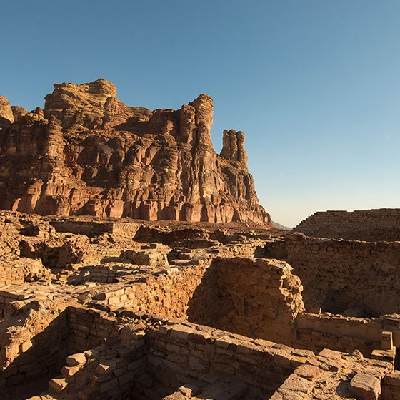
It is the city of Dadan, the capital of the kingdoms of Dadan and Lihyan, which was carefully built of stone in the late ninth and early eighth centuries BC. Due to the city's proximity to the incense trade routes, Dadan was one of the most developed cities in the first millennium BC in northern Arabia. Its inhabitants have also benefited from the fertility of the region to grow various types of crops. The city contains one of the most interesting attractions, which are the more than a dozen tombs carved into the red rock facade to the east of the city, including the crouching lion carvings that characterize the famous lion burials.
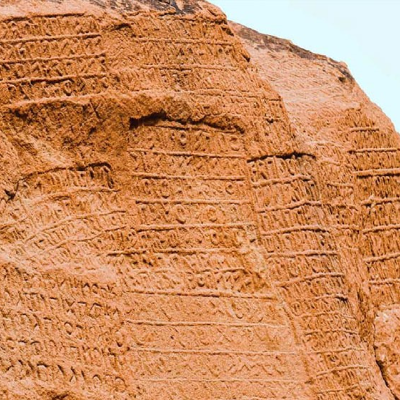
Mount Ikma is rich in many writings and archaeological inscriptions dating back to the Lihyanian civilization in the sixth century BC to the second century BC, which represents a cultural and historical record of information on trade, economy, taxes, and the relationship of the Lihyanites with those around them in the vicinity of the Arabian Peninsula, commercially and politically, and the stages of the development of writing through the forms of letters. The mountain is an open-air library through which visitors can view and study those writings and inscriptions of important historical value.
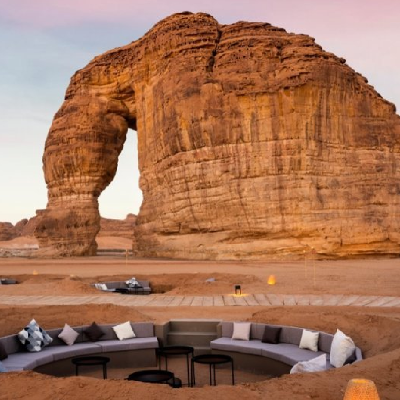
Elephant Mountain is a huge rock 50 meters high from the ground, distinguished by its unique shape that resembles an elephant. It is one of the many geological wonders in Al-Ula, made by the forces of nature over millions of years of erosion and corrosion by wind and water. The mountain is one of the attractions for visitors who love desert sports and mountain climbers.


